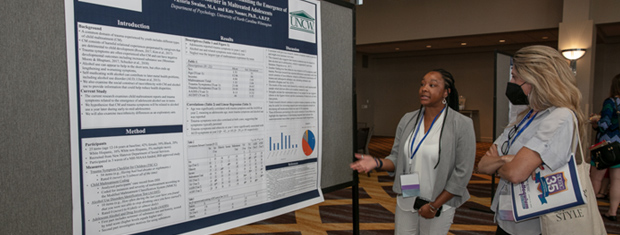




The APSAC Advisor is a peer reviewed quarterly news journal for professionals in the field of child abuse and neglect.
The APSAC Advisor provides succinct, data-based, practice-oriented articles that keep interdisciplinary professionals
informed of the latest developments in policy and practice the field of child maltreatment. It is designed to highlight
best practices in the field and publish original articles and current information about child maltreatment for professionals
from a variety of backgrounds including medicine, law, law enforcement, social work, child protective services, psychology,
public health and prevention in the U.S.
 If you wish to learn more about submitting an article to the Advisor, please click here.
If you wish to learn more about submitting an article to the Advisor, please click here.
This library contains Advisor issues dating back to the first issue in 1988. The most recent issue appears at the top.
Scroll down to select past issues by year and issue number. Once a publication appears in the box, you
can use the Enlarge button to open the document in a new window or tab (depending on how your browser is set up).
This will allow you to view the document with larger print.
To print a document, first use the Enlarge button to open the document in a new window or tab. Then use your browser's Print command.
To return here from a new tab, close the tab. To return from a new window, click your browser's Back button.
In the listing below, click on a year and issue number to see the articles in that publication.
2003 Number 4
Child Forensic Interview Structure, National Children’s Advocacy Center
Do you have a training model of what constitutes a competent or “good enough” child forensic interview? What are its components and its characteristics?
The risk for maltreatment of children with special needs or disabilities has long been of concern to both health care and child protection professionals (Garbarino, Brookhouser, & Authier, 1987; Balderian, 1991; Ammerman, 1998; Goldson, 1998; Botash, 1999). A growing professional literature supports the clinical observation that children with disabilities are at increased risk for child maltreatment (Glaser & Bentovim, 1979; Diamond & Jaudes, 1983; White, Benedict, Wulff, & Kelley, 1987; Sullivan, Brookhouser, Scanlan, Knutson, & Schulte, 1991).
What Teachers Can Do to Prevent Sexual Abuse in Schools
Is there anything that makes a teacher’s skin crawl more than reading in the paper or seeing on TV a story about a school employee committing a sex crime against a student? Yet, this is only one of the four types of sexual misconduct that occurs in schools. The other three happen when students sexually abuse other students, students sexually assault staff, and staff sexually assaults other school personnel.
APSAC Advisor 15(4): Full Issue